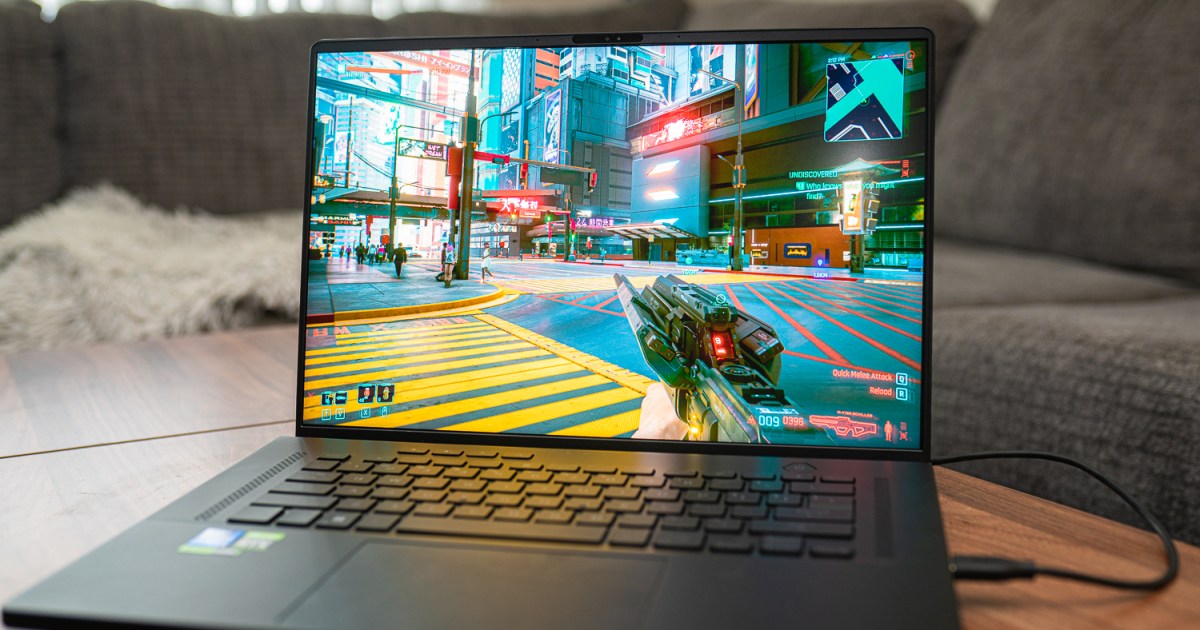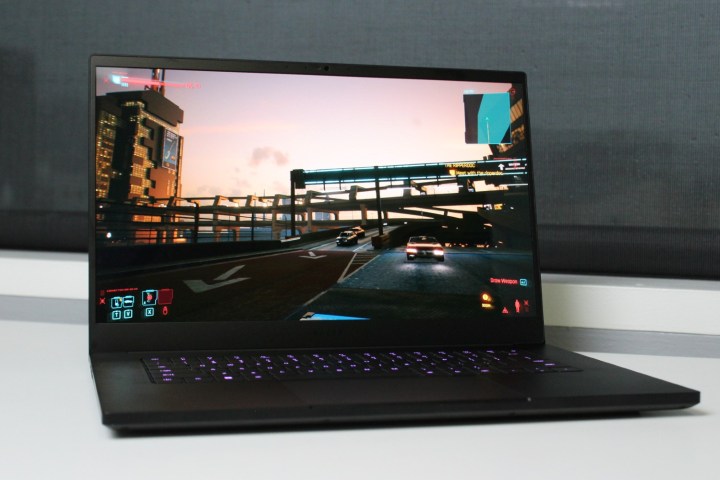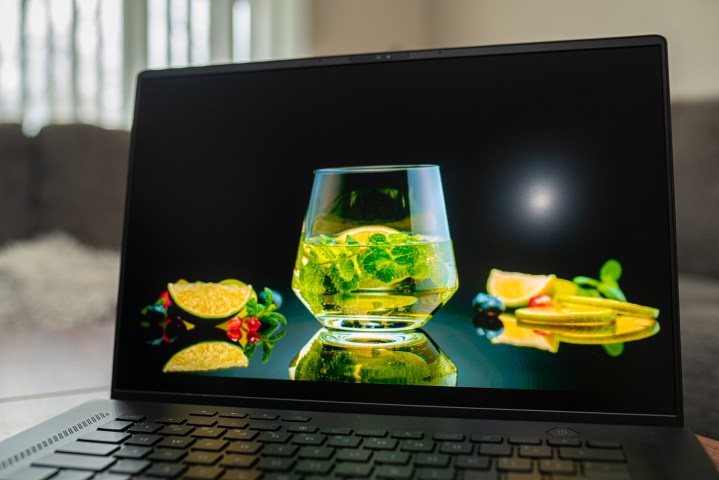How gaming laptops grew up in 2023
Gaming laptops have treated the display like an afterthought for years, but in 2023, gaming laptops grew up in a big way.

Raw power. High refresh rates. RGB. These are some of the defining factors of the best gaming laptops, and they have been for years. But for as much portable power as you could buy, most gaming laptops have skipped a critical element of a great gaming experience: the screen.
In years past, you could find a high refresh rate or good image quality, but you generally couldn’t have both. In 2023, gaming laptops grew up, providing both the speed and quality gamers have come to expect, and that sets 2024 up to be an exciting year in the world of gaming laptops.
Let’s look back
 Jacob Roach / Digital Trends
Jacob Roach / Digital TrendsAbout a year-and-a-half ago, I looked at the 12th-gen MSI GT77 Titan. At the time it released, you would spend $5,000 for a high-end configuration packing a Core i9-12900HX and an RTX 3080 Ti. It’s a desktop replacement, a laptop so powerful that you might forget you’re even playing on a laptop. There was just one problem — the screen.
Even for a $5,000 laptop, you had the choice between a 1080p display at 360Hz or a 4K display at 120Hz, both of which used an IPS panel. I tested the 1080p model, which barely cracked 300 nits and couldn’t manage to hold a contrast ratio of 1,000:1. It’s like wearing a cheap hoodie over a Burberry button-up. You’re hiding all of the luxury.
It wasn’t just the GT77 Titan. The 2022 ROG Zephyrus G16 also used an IPS display with a 165Hz refresh rate, and the Alienware x17 R2 (a laptop you could easily spend over $3,000 on) managed a 480Hz refresh rate, but on a flat, disappointing IPS display. If you wanted a high refresh rate in years past, you needed to settle for middling image quality and usually a low resolution.
 Jacob Roach / Digital Trends / Digital Trends
Jacob Roach / Digital Trends / Digital TrendsThere were attempts to improve image quality. Razer was one of the first to introduce OLED to gaming laptops back during the days of 10th-gen Intel CPUs. You could get the image quality on a Razer Blade 15 with a 4K OLED display, but you had to settle for a 60Hz refresh rate. You didn’t have options.
It’s fair to assume the display is an afterthought for most gaming laptop makers. So much work goes into getting the most performance out of the components inside that I can only assume brands don’t want to complicate that process with some extravagant display. In reality, I suspect that the panels gamers wanted just haven’t existed for the past few years.
Just last year, I was writing about the horrible state of HDR for desktop PC gaming, and a lot of that came down to the pitiful monitor selection PC gamers had access to. If great image quality was something even desktop monitors struggled with last year, how could you expect laptops to be any better?
But in 2023, laptops came to play ball and turned everything around.
The pivot
 Digital Trends
Digital TrendsWe had a taste of what 2023 had in store for gaming laptops at the end of last year. Razer updated its Blade 15, again with an OLED screen. This time, though, you didn’t need to choose between image quality and speed. The laptop comes with a 240Hz OLED display, which our computing editor, Luke Larsen, called “the best gaming laptop screen” he’s ever tested in our Razer Blade 15 OLED review.
OLED is one thing, but other displays grew up in 2023, too. The GT77 Titan is the laptop that stood out to me the most. In 2022, it had one of the worst screens I had tested, and it stood out all the more given its gargantuan price tag. The 2023 model was the opposite, employing a 4K screen with a 144Hz refresh rate that’s certified with DisplayHDR 1000.
 Jacob Roach / Digital Trends
Jacob Roach / Digital TrendsThe big jump this year came from mini-LED. A smaller LED means that display makers are able to cram individual dimming zones behind the display, increasing brightness in bright areas and darkness in dark areas. The GT77 Titan’s mini-LED display, for example, includes 1,008 local dimming zones, allowing it to blow past the static backlights on IPS panels from years past.
Asus leveraged this tech with the ROG Zephyrus M16, as well, offering its Nebula HDR standard for the first time. What was a bog-standard IPS previously is now a mini-LED display with 1,024 local dimming zones and peak brightness over 1,000 nits. Not all brands improved their displays — the Alienware x16 came with a rather disappointing IPS — but we saw enough laptops in 2023 sporting either mini-LED or OLED that the trend stood out.
The future
 Jacob Roach / Digital Trends / Digital Trends
Jacob Roach / Digital Trends / Digital TrendsThere will always be a place for solid, if unexciting IPS panels on cheaper laptops, but display tech is only ramping up going into 2024. We now have dozens of OLED and mini-LED gaming monitors on the market, and it’s safe to assume we’ll see that tech applied more in gaming laptops throughout the next year.
That’s great news for gaming laptops, which have traditionally forgone an exceptional display for more raw power. In 2023, we saw both in equal strides, and next year, I hope we can see that approach more widely on affordable gaming machines.

 MikeTyes
MikeTyes 






























.jpg&h=630&w=1200&q=100&v=f776164e2b&c=1)
